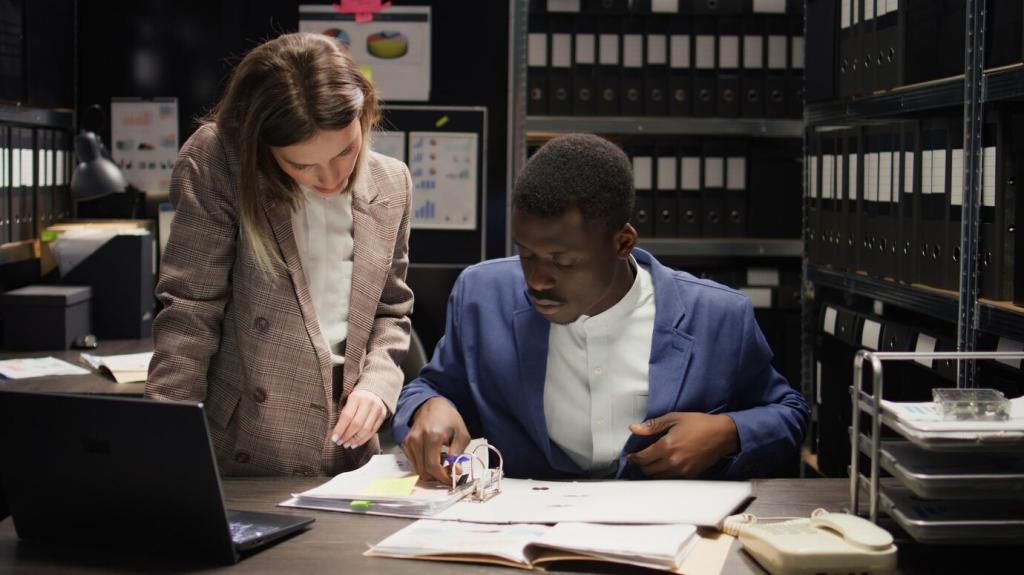
Mastering Advanced Techniques for Photography Composition
Chosen theme: Advanced Techniques for Photography Composition. Step beyond formulas and craft images that feel intentional, balanced, and emotionally resonant. Here you will find field-tested methods, stories, and practical drills to elevate your visual voice. Comment with your own breakthroughs and subscribe for future deep dives and downloadable practice guides.
Beyond the Rule of Thirds: Dynamic Symmetry in the Field
Sketch a diagonal and its reciprocal across your frame, then align subjects where lines intersect. Use a transparent phone overlay or mental markers. This advanced technique for photography composition sharpens placement decisions under pressure and keeps your framing agile, not rigid.
Beyond the Rule of Thirds: Dynamic Symmetry in the Field
In Marrakech, I positioned a fruit seller’s elbow on a reciprocal diagonal while a cyclist cut the primary diagonal. The scene settled instantly. Instead of chaos, the advanced technique for photography composition produced controlled dynamism that led viewers smoothly through color, texture, and gesture.
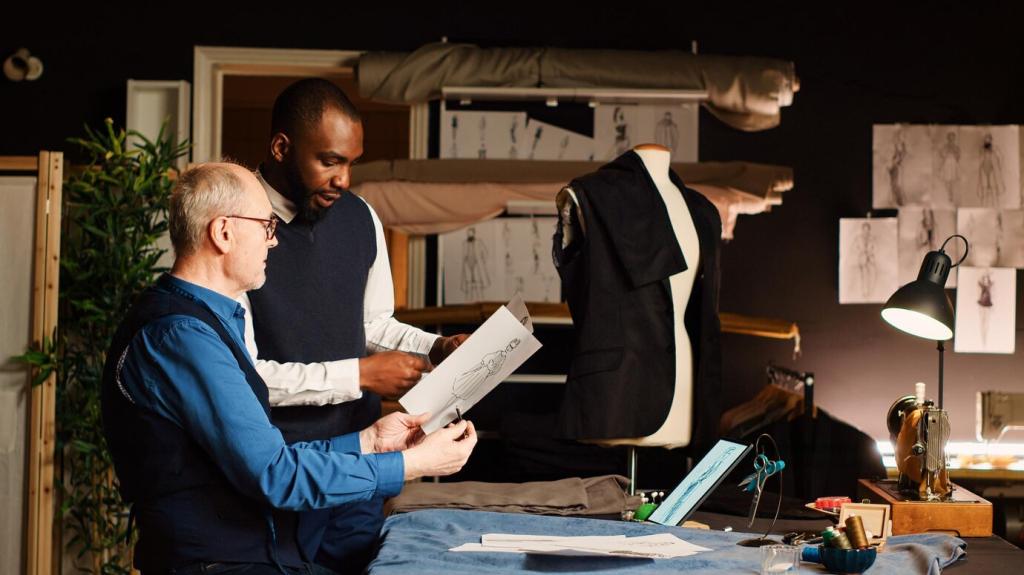

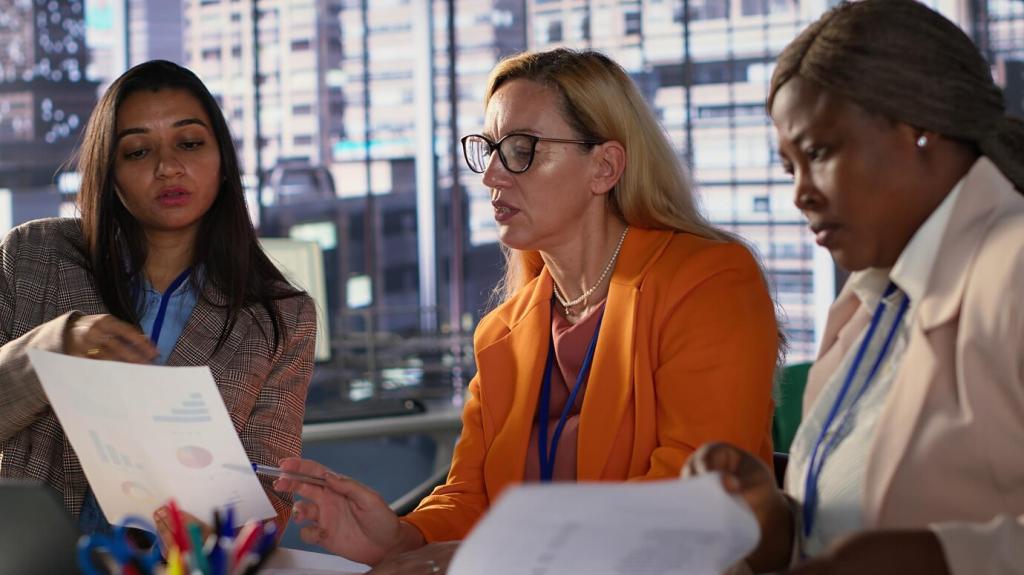
Proximity and Closure for Invisible Order
Group small elements tightly to suggest a larger whole; let gaps invite closure. A cluster of umbrellas implies a circle, even when incomplete. This advanced technique for photography composition builds coherence from fragments and encourages viewers to participate by completing shapes mentally.
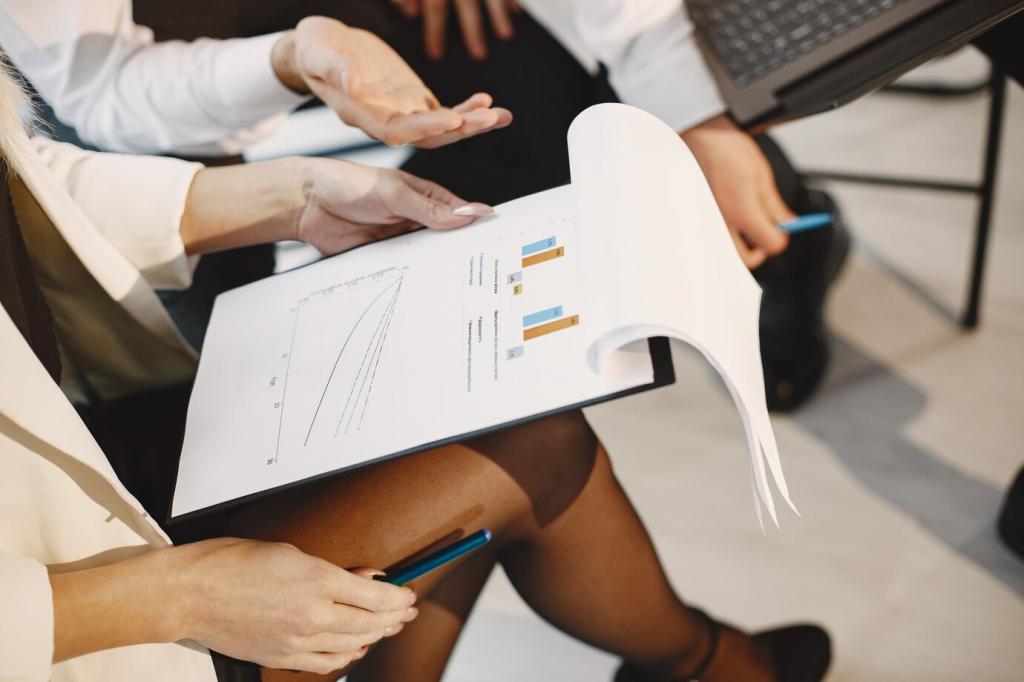
Figure–Ground: Making Subjects Pop Without Gimmicks
Separate subject and background through luminance contrast or texture change. Shift two steps left to place dark against light. Watch edges carefully. Controlled figure–ground is an advanced technique for photography composition that clarifies intent and strengthens storytelling in dense environments.

Continuity and Common Fate in Motion
Lines that flow smoothly suggest connection; elements moving together feel related. Time a frame so pedestrians stride in parallel. Their shared direction creates narrative cohesion. Try posting a pair of before–after shots and ask readers which alignment communicates unity more clearly in your scene.

Tone, Contrast, and the Gravity of Brightness
Bright areas pull attention harder than dark ones. A small highlight can counter a larger shadow mass. Previsualize hotspots and decide whether to let them anchor or distract. This advanced technique for photography composition prevents inadvertent focal points from stealing your story.

Counterbalance with Scale and Texture
A lone figure can balance a towering cliff when the cliff is soft-toned and the figure is textured and high-contrast. Compare options by squinting to reduce detail. Share your test frames and note where the eye rests first, then describe why that placement supports the narrative.

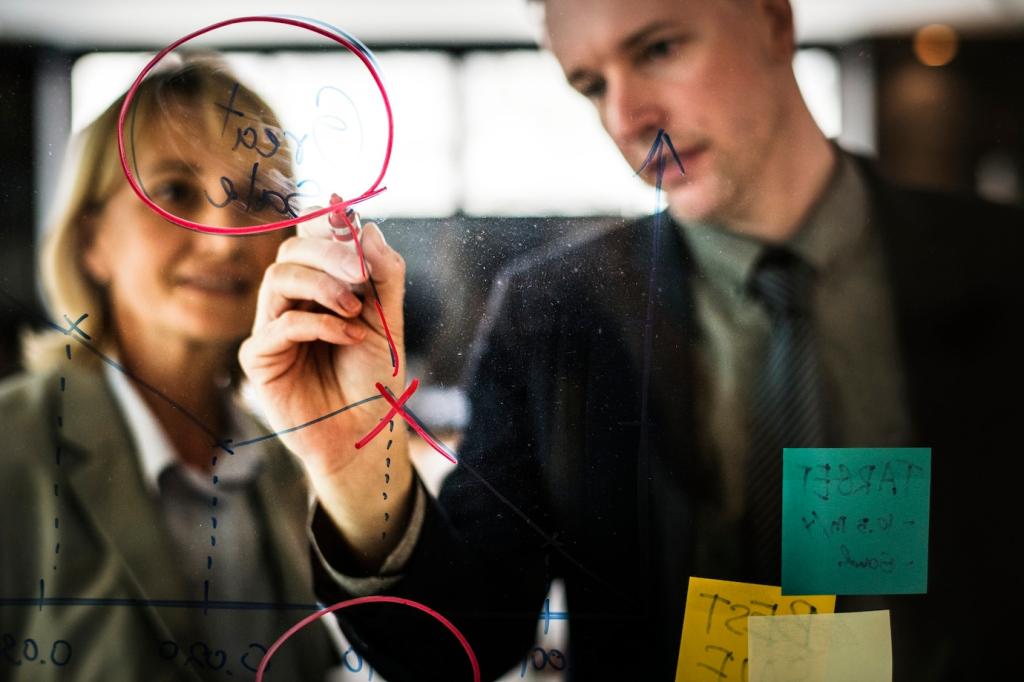


This is the heading
Lorem ipsum dolor sit amet, consectetur adipiscing elit. Ut elit tellus, luctus nec ullamcorper mattis, pulvinar dapibus leo.

This is the heading
Lorem ipsum dolor sit amet, consectetur adipiscing elit. Ut elit tellus, luctus nec ullamcorper mattis, pulvinar dapibus leo.
Rhythm, Repetition, and the Power of the Interrupt
Establishing a Beat with Repeating Forms
Windows, pillars, and parked bikes build rhythm. Keep spacing consistent to set the tempo. This advanced technique for photography composition eases viewers into the frame, preparing them for the moment you twist the pattern with something unexpected and meaningful.
The Intentional Break That Tells the Story
Place a single contrasting element inside repetition—a red coat among gray suits. The interruption becomes narrative. Share your favorite pattern-break images and explain how the anomaly clarifies the message rather than merely decorating the scene with color or novelty.
Timing Patterns with Human Moments
Wait for footsteps to align with architectural beats. When a stride matches a column gap, rhythm clicks. This advanced technique for photography composition rewards patience and timing. Invite readers to try a five-minute rhythm watch and report how many aligned moments they captured.
Light as Composition: Chiaroscuro and Luminance Design
Squint to reduce color and judge brightness shapes. Ask whether your subject sits on the brightest plane. This advanced technique for photography composition ensures your tonal design reads clearly, even as you fine-tune exposure using histograms and gentle highlight control in high-contrast scenes.

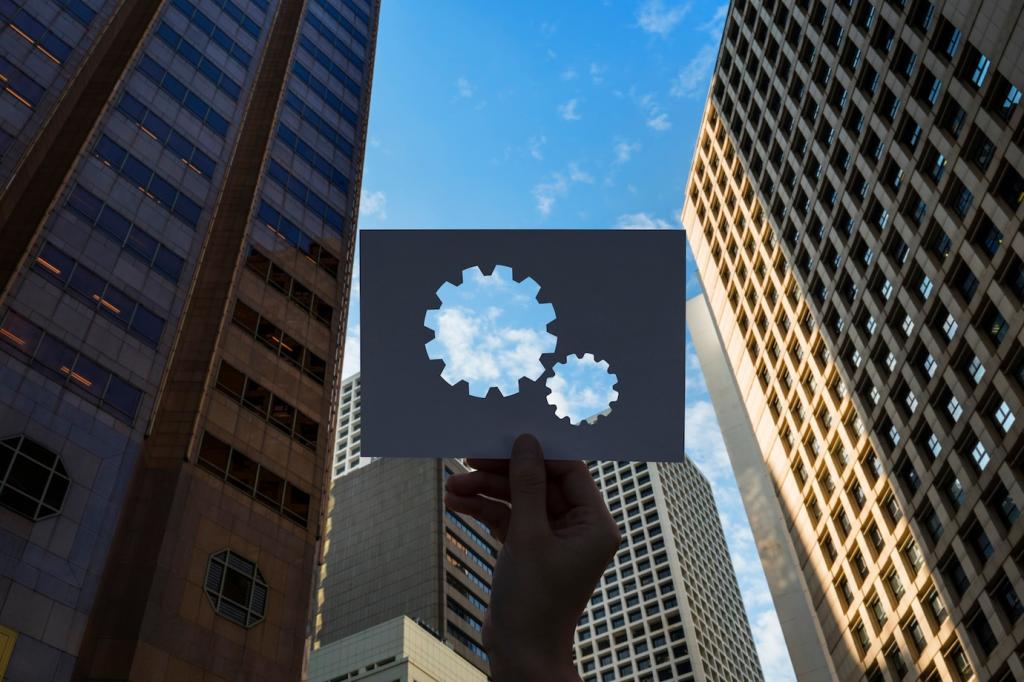
Light as Composition: Chiaroscuro and Luminance Design
Use shadow to seal frame edges and prevent eye leakage. Carve a gateway of light around the subject. It is a subtle fence. Share a before–after where darkening corners clarified the story, and encourage comments about which edit best guided the viewer’s journey through the image.
Color Choreography: Harmonies That Compose Emotion
Complementary Contrast as a Narrative Lever
Blue and orange can separate subject from background without screaming. Tame saturation to avoid cliché. This advanced technique for photography composition uses hue contrast as a precise dial, letting you emphasize character while keeping the world believable and emotionally aligned with your story.
Limited Palettes for Cohesive Atmosphere
Restrict yourself to two neighboring hues and a neutral. The constraint simplifies choices and strengthens unity. Share a limited-palette series and discuss how consistency across frames builds mood, making the collection feel intentional rather than an accidental assortment of unrelated experiments.
A Personal Anecdote: The Red Umbrella
In a gray coastal storm, one red umbrella crossed the pier. I desaturated surroundings slightly, letting the umbrella carry the emotional note. This advanced technique for photography composition transformed bleak weather into a hopeful melody. Subscribe for color grading walkthroughs and palette planning worksheets.
